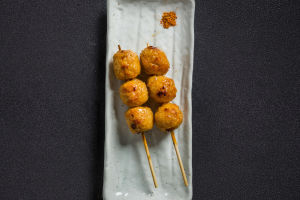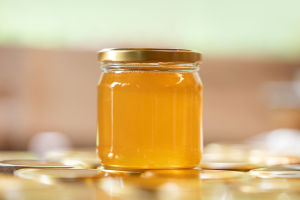Let's be honest—many of us probably saw tofu as just a bland, wobbly block. Back when I lived in the UK, I never really touched tofu.
It was pricey, and when someone did cook it for me, it usually had no taste and didn't look that exciting either.
But everything changed when I moved to Japan. Now? I eat tofu all the time. And not just because it's healthy—but because I finally learned how to cook it right.
Tofu is all about how we cook it
On its own, tofu can be boring. It's soft, pale, and tastes like… nothing. But that's actually its superpower! Tofu soaks up the flavors around it, so it's all about how we season and cook it. Still, even with what I've learned, there's a whole world of tofu I haven't even explored yet.
In Japanese supermarkets, there are so many types of tofu lined up that I've actually stood there thinking, “Wait… aren't these all just tofu?” But nope, there are real differences—and once we get to know them, we can make tofu dishes that are delicious and satisfying.
So, what exactly is tofu?
Let's clear this up—because honestly, not everyone knows what tofu is made of. Tofu comes from soybeans. First, soybeans are turned into soy milk. Then that milk is curdled and pressed into the white blocks we see in stores. It's usually sold in plastic containers, sitting in water. Pretty simple, right? But the magic happens in how it's made and used.
Different types of tofu in Japan
There's a big range of tofu in Japan. The differences mainly come from how soft or firm it is, and whether it's already been cooked a little.
Yakitofu – Grilled tofu
"Yaki" means grilled in Japanese, and this tofu has been lightly grilled before it's packaged. You'll notice brown grill marks on the surface. It's the firmest kind and holds up well in hotpots or pan-frying.
Momen Tofu – Cotton tofu
This is a medium-firm tofu, softer than yakitofu but still strong enough for cooking. "Momen" means cotton—look closely and you'll see little holes on the surface. It doesn't fall apart easily and is great for boiling or simmering.
(Kinu Tofu) – Silken tofu
This one is super soft and silky, just like the name suggests ("kinu" means silk). It's smooth and watery, and not something you want to stir-fry—it would just turn into mush. But it's perfect in soups or eaten cold with toppings.
Aburaage – Fried tofu pouch
This tofu looks totally different! It's like a thin, golden pouch, and the inside is hollow—great for stuffing ingredients. It can also be sliced and tossed into noodle soups or stir-fries.
Atsuage – Thick fried tofu
This type has a crispy brown outside and a soft, creamy inside. It's made by deep-frying tofu until the outer layer turns golden. The result? Crunchy outside, silky inside—a perfect combo!
Tofu storage and smart buying
Tofu is a fresh product, so once we open it, it should be eaten within a few days. I usually buy just enough for one meal to avoid keeping leftovers. Also, tofu easily absorbs smells from other foods in the fridge—which isn't great if it ends up tasting like last night's curry! The good news is Japan sells tofu in all kinds of sizes—single-serve packs, small blocks, and big family packs—so we can choose what suits us best.
Freezing tofu? Yes, really!
A Japanese friend once gave me a great tip: freeze tofu before using it. It makes the tofu firmer and better for frying or adding into curry. Just remember—it takes at least 24 hours to thaw, and after that, we need to gently press out the extra water. But the result? Tofu that keeps its shape and texture during cooking. Oh, and here's another tip—add tofu last in your dish. Cook your meat and veggies first, then gently fold in the tofu at the end.
Still unsure? Here's why tofu is worth trying
Tofu is packed with protein, which is why it's super popular with plant-based eaters. But even if you love meat, tofu is a great way to mix things up. It's also high in calcium, iron, and amino acids. Swapping tofu for meat occasionally can help lower cholesterol. And some studies even suggest tofu can help reduce the risk of certain illnesses.
Let's give tofu a real chance!
So Lykkers, if tofu has always seemed plain or boring to you—trust me, you're not alone. But now that we know about all the amazing types of tofu in Japan and how to cook them properly, maybe it's time to give it another shot. Whether in a hot bowl of miso soup, stir-fried with veggies, or stuffed and crispy, tofu has endless possibilities.
Why not try a new kind of tofu this week and let us know how it went? Let's turn tofu from bland to brilliant—together!


